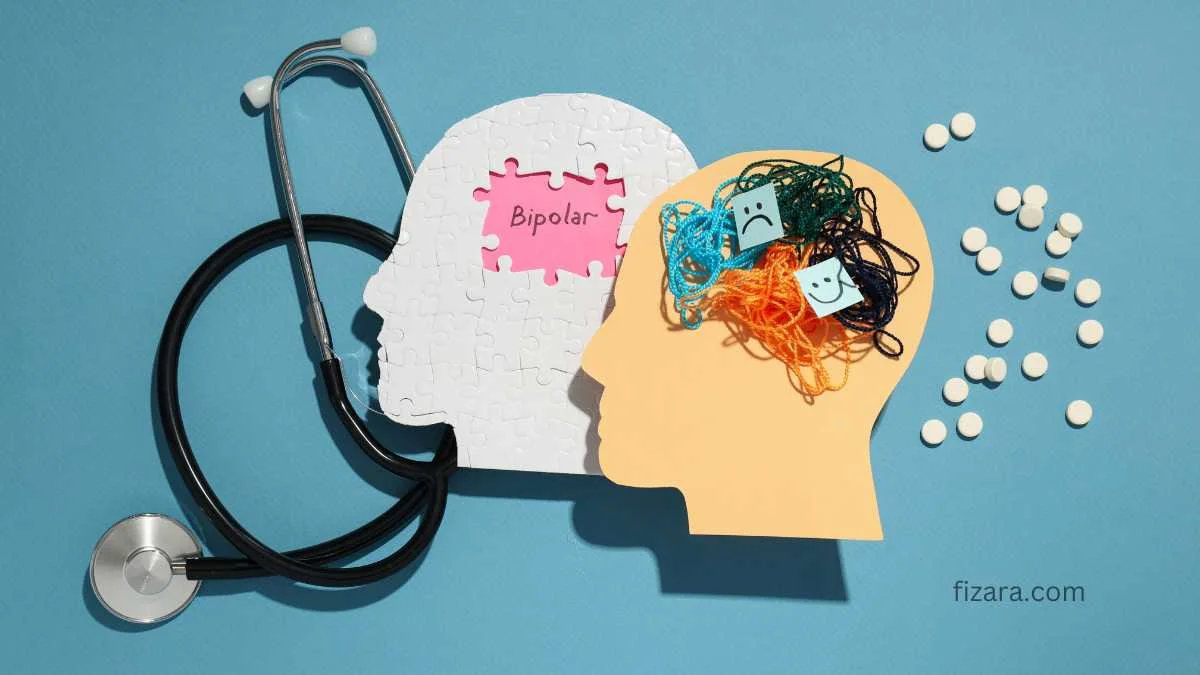Cravings are a common and challenging part of recovery from alcohol use disorder (AUD). They can be intense and difficult to manage, but understanding their origins and developing effective alcohol use disorder treatment strategies can significantly enhance the recovery process.
What Are Alcohol Cravings?
Definition: Cravings are strong urges or desires to consume alcohol. They can be triggered by various internal and external factors and are often accompanied by physical and emotional discomfort.
Physiological Basis: Cravings occur because alcohol affects the brain’s reward system. When someone drinks, the brain releases dopamine, a neurotransmitter associated with pleasure and reward. Over time, the brain becomes conditioned to expect this release, leading to cravings when alcohol is absent.
Psychological Aspect: Cravings also have a psychological component. They can be triggered by memories, emotions, or specific situations associated with past drinking experiences. These psychological triggers can be just as powerful as physiological ones.
Common Triggers for Alcohol Cravings
Stress and Anxiety: High levels of stress and anxiety can trigger cravings, as individuals may have used alcohol to cope with these feelings in the past.
Social Situations: Being in environments where alcohol is present, such as parties, bars, or gatherings with friends who drink, can prompt cravings.
Emotional States: Feelings of sadness, loneliness, anger, or boredom can lead to cravings, especially if alcohol was previously used to manage these emotions.
Environmental Cues: Specific sights, smells, or sounds associated with alcohol use can trigger cravings. This could include passing by a favorite bar, seeing alcohol advertisements, or hearing clinking glasses.
Habitual Patterns: Certain times of day or routines that were associated with drinking can trigger cravings. For example, the urge to drink might be stronger in the evening if that was the typical drinking time.
Techniques for Managing Alcohol Cravings
1. Identify and Avoid Triggers
Recognize Triggers: Keep a journal to track when and where cravings occur. Identifying patterns can help you understand your specific triggers.
Avoid High-Risk Situations: Whenever possible, avoid places and situations that trigger cravings. This might mean declining invitations to events where alcohol will be present or changing your daily routine to avoid triggers.
2. Develop Healthy Coping Strategies
Mindfulness and Meditation: Practicing mindfulness and meditation can help manage cravings by promoting relaxation and emotional regulation. Techniques such as deep breathing, progressive muscle relaxation, and guided imagery can reduce the intensity of cravings.
Physical Activity: Exercise is an effective way to manage stress and reduce cravings. Physical activity releases endorphins, which can improve mood and decrease the urge to drink. Consider activities like walking, running, swimming, or yoga.
Engage in Hobbies: Distract yourself with activities you enjoy, such as reading, gardening, painting, or playing a musical instrument. Engaging in hobbies can provide a healthy outlet for emotions and reduce the focus on cravings.
3. Use Cognitive-Behavioral Techniques
Challenge Negative Thoughts: Cognitive-behavioral therapy (CBT) techniques can help challenge and change negative thought patterns that lead to cravings. For example, replace thoughts like “I need a drink to relax” with “I can relax by taking a walk or talking to a friend.”
Create a Craving Management Plan: Develop a plan for dealing with cravings when they arise. This could include specific actions to take, such as calling a support person, engaging in a distracting activity, or practicing a relaxation technique.
4. Build a Support Network
Support Groups: Join support groups like Alcoholics Anonymous (AA), SMART Recovery, or other peer support groups. Sharing experiences and receiving encouragement from others who understand the challenges of cravings can be incredibly helpful.
Trusted Friends and Family: Identify friends and family members who support your recovery. Having people to talk to and lean on during difficult times can provide the emotional support needed to manage cravings.
Professional Support: Consider working with a therapist or counselor who specializes in addiction recovery. They can provide personalized strategies and support for managing cravings and other challenges in recovery.
5. Medication-Assisted Treatment (MAT)
Naltrexone: Naltrexone is a medication that blocks the euphoric effects of alcohol, reducing the desire to drink. It can be taken as a daily pill or a monthly injection.
Acamprosate: Acamprosate helps restore the balance of neurotransmitters in the brain, reducing cravings and withdrawal symptoms. It is typically taken three times a day.
Disulfiram: Disulfiram creates unpleasant reactions when alcohol is consumed, such as nausea and vomiting. This aversion therapy can deter individuals from drinking.
6. Practice Self-Care
Nutrition: Maintain a balanced diet rich in vitamins and minerals. Proper nutrition supports overall health and well-being, making it easier to manage cravings.
Sleep Hygiene: Ensure you get adequate sleep each night. Poor sleep can increase stress and make it more challenging to cope with cravings.
Stress Management: Incorporate stress management techniques into your daily routine. This can include practices like yoga, tai chi, journaling, or spending time in nature.
7. Create a Relapse Prevention Plan
Identify Warning Signs: Be aware of the early signs of a potential relapse, such as increased cravings, isolation, or returning to old habits. Recognizing these signs can help you take proactive steps to prevent a relapse.
Develop Action Steps: Outline specific actions to take if you feel a relapse coming on. This could include reaching out to a support person, attending a meeting, or engaging in a healthy distraction.
Set Realistic Goals: Set achievable short-term and long-term goals for your recovery. Celebrate small successes and milestones to stay motivated.









